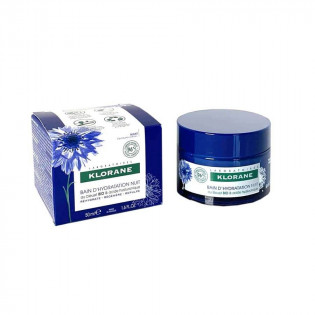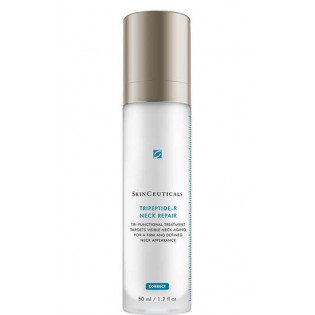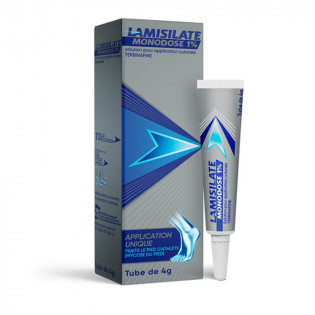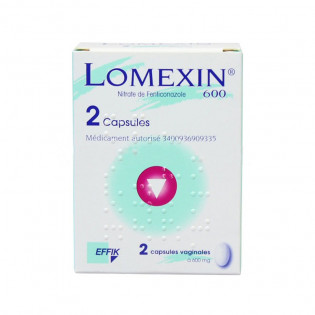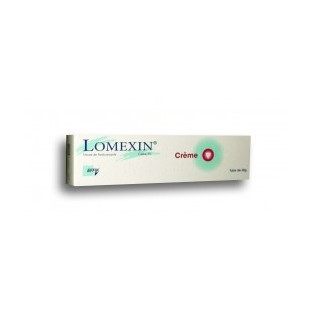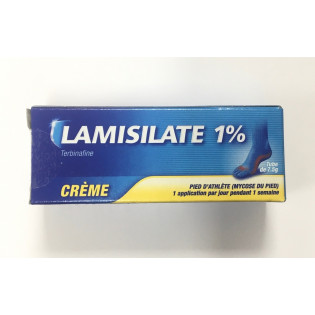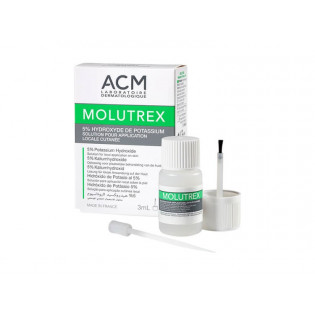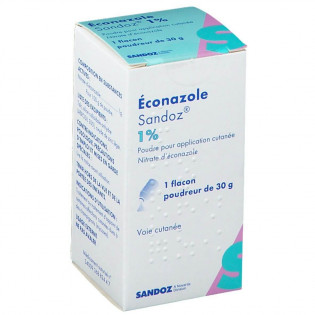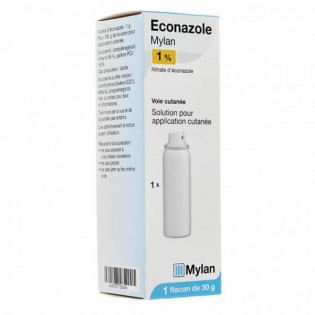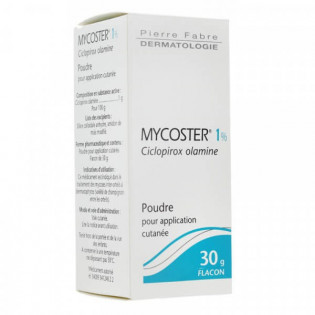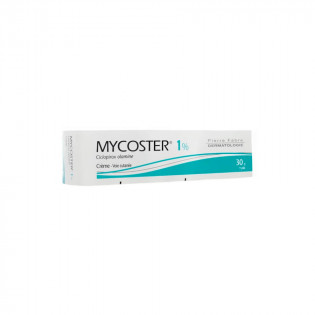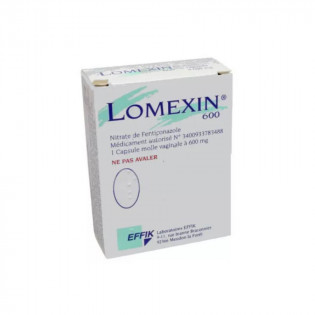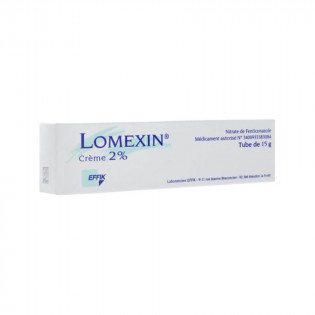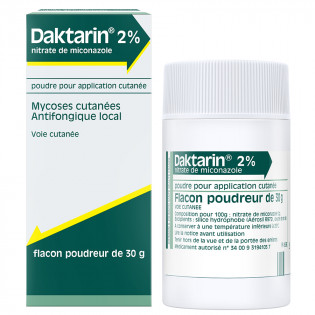The term ‘mycosis’ refers to an infection caused by a fungus. It mainly affects the skin and mucous membranes. There are three main types of mycosis: dermatophytosis, candidiasis and malassezia.
Dermatophytoses are caused by filamentous fungi called dermatophytes. These infections can cause intertrigo, scalp ringworm, beard sycosis, and typically circular skin lesions known as ‘circinate’.
Candidiasis is caused by yeasts of the genus Candida. When they affect the skin, they can lead to intertrigo, an inflammation that occurs mainly in areas of skin folds, such as the armpits or between the toes.
Malassezia infections are caused by yeasts of the Malassezia genus. They are responsible for various conditions such as seborrheic dermatitis, pityriasis and folliculitis.
In addition, certain yeasts and fungi also cause specific infections such as onychomycosis (or nail fungus) and vaginal yeast infections.
 Français
Français English
English
